Home › FAQ
Is CLEAN AS NEW® More Expensive Than Cleaning On Your Own Wash Pad?
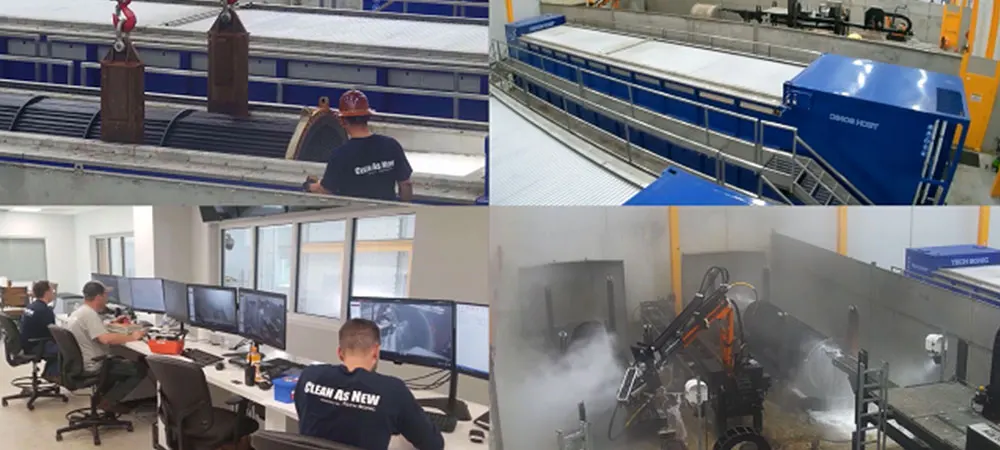
No, CLEAN AS NEW® is less expensive than cleaning on your own wash pad. Read more →
How does Tech Sonic Cleaning work?

Tech Sonic Cleaning utilizes a combination of immersion in a patented ultrasonic bath with specifically designed aqueous chemistry, process, and hydroblasting to gently, quickly, and completely remove fouling from parts.
The ultrasonic field created in our Tech Sonic Ultrasonic Baths is computer controlled and combined with the in-bath heat exchanger rotation, the field spreads the energy throughout the bundle, improving cleaning performance.
The ultrasonic sound waves induce random cavitation bubbles over the surface of the part, which helps to loosen, dissolve or remove fouling from both the inside and outside surfaces of the exchanger tubing. After a period of immersion in the bath, the bundle is removed and transferred to our hydroblasting zone, where robotic shell- and tube-side blasting is used to rinse the loosened fouling away.
If necessary, this process can be repeated on large or extremely fouled bundles until the bundle is Clean As New.
Does Tech Sonic Cleaning Eliminate Hydroblasting?
Not completely. We use a combination of low- and high-pressure rinsing techniques as a part of the Tech Sonic Cleaning process. Tech Sonic Cleaning does reduce the amount of high-pressure “hydroblasting” required, generally by over 75%.
What Types Of Fouling Can Be Cleaned From My Parts?
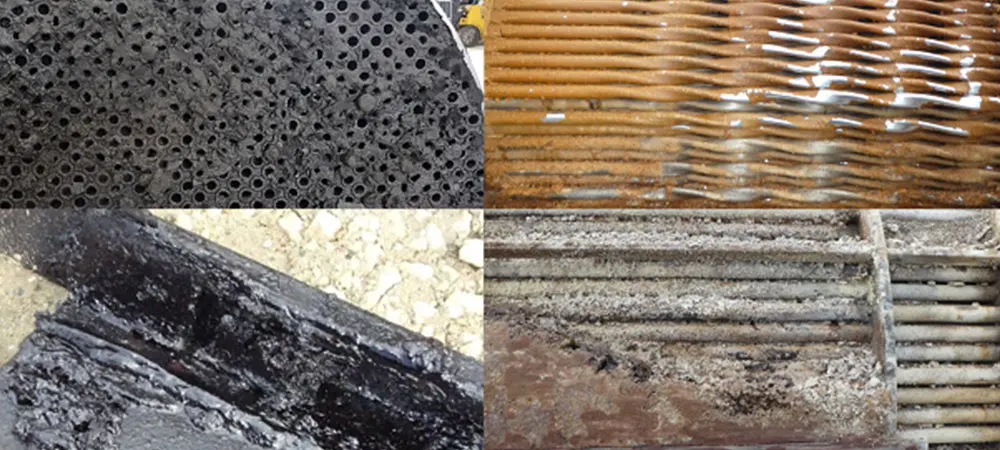
We can address most of the common fouling found in refineries and chemical plants through the choice of suitable bath chemistry and procedure. This includes both hydrocarbon fouling and inorganic scales.
What Happens To The Waste Generated During Cleaning?
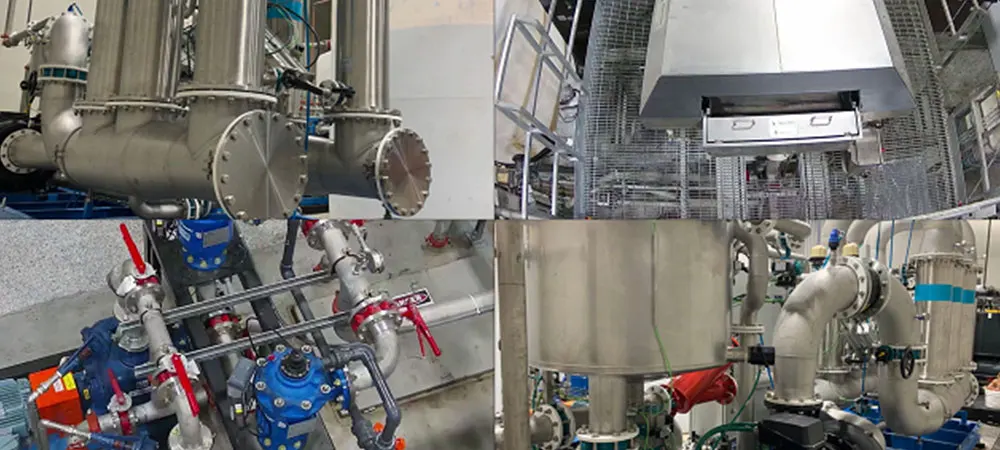
When you send us a part to be cleaned, we accept the material on it as a component of the part, and we are the waste generator during cleaning. All waste removed from your parts is then handled and disposed of according to regulations and good environmental practices.
How Much Water Is Used?

On average, the Tech Sonic Cleaning process uses less than 4000 gal per heat exchanger, and generally, 95% less water than traditional hydroblasting.
How Long Does It Take To Clean A Heat Exchanger?
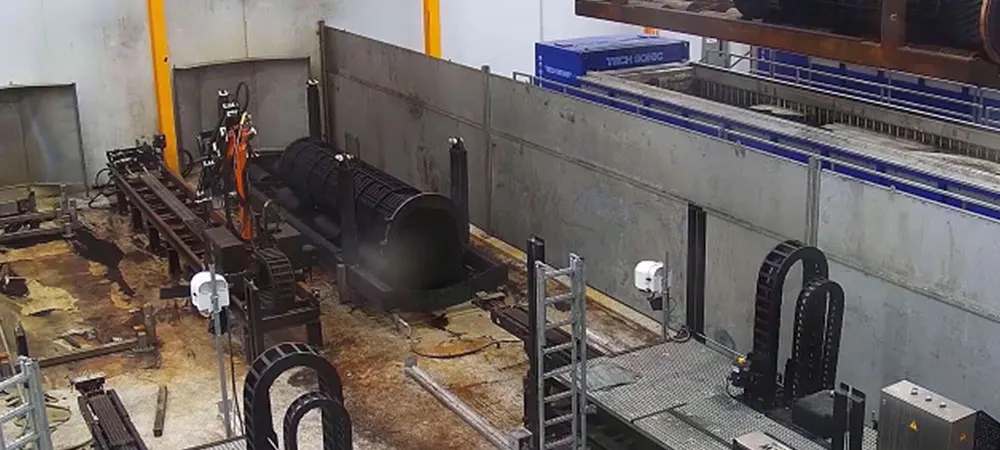
Most heat exchangers will be cleaned in one shift. Because of our process, we can be cleaning more than a single exchanger at a time, which reduces the net cleaning time per exchanger even further.
At our facility, we can clean up to 5 heat exchangers at a time, with a typical throughput of 3 exchangers per shift, or 6 per day.
How Do I Know If My Part Is Suitable For Tech Sonic Cleaning?
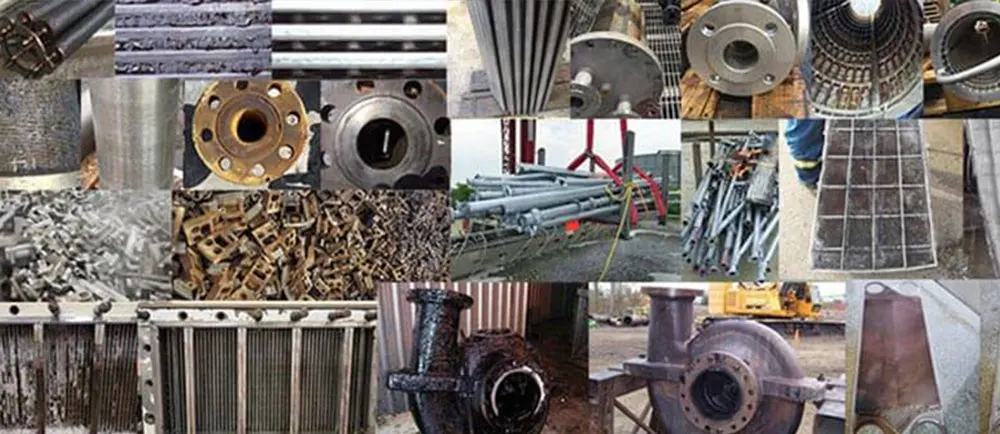
Any carbon steel, stainless steel, or other corrosion-resistant alloys, fouled with hydrocarbon or inorganic fouling may be suitable for Tech Sonic Cleaning.
It must also be possible to immerse the entire part into the ultrasonic bath, which has a size limitation of 32’ x 76”, with a maximum weight of approximately 35 tons (part + fouling).
How Clean Can I Expect My Part To Be When Returned?

We guarantee 95% or better – that is your part will be cleaned to bare metal on 95% or more of its surface area.
Can You Clean Aluminum or Galvanized Parts?
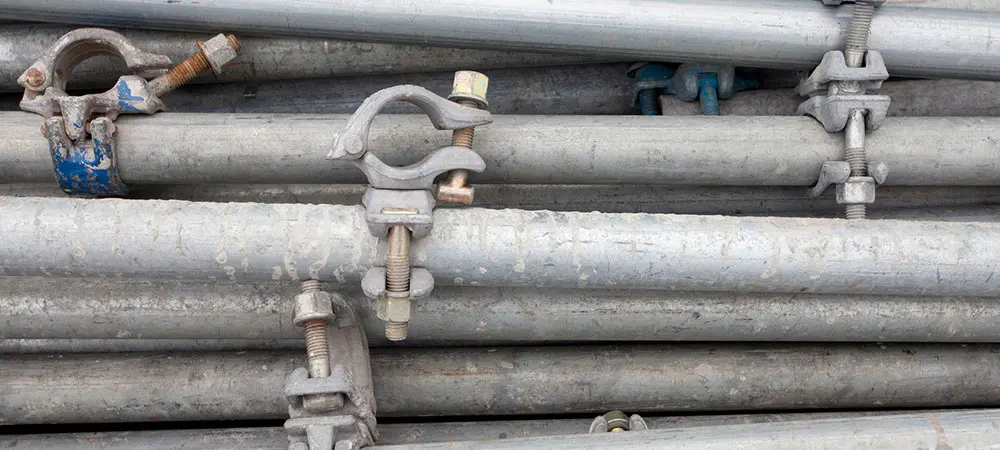
Maybe. We generally do not clean any parts with aluminum fins, but we do clean lots of other parts made from aluminum. Tech Sonic regularly cleans galvanized equipment like scaffolding.
I’ve Always Heard That Cavitation Is Bad – Why Is It Used In Ultrasonic Cleaning?
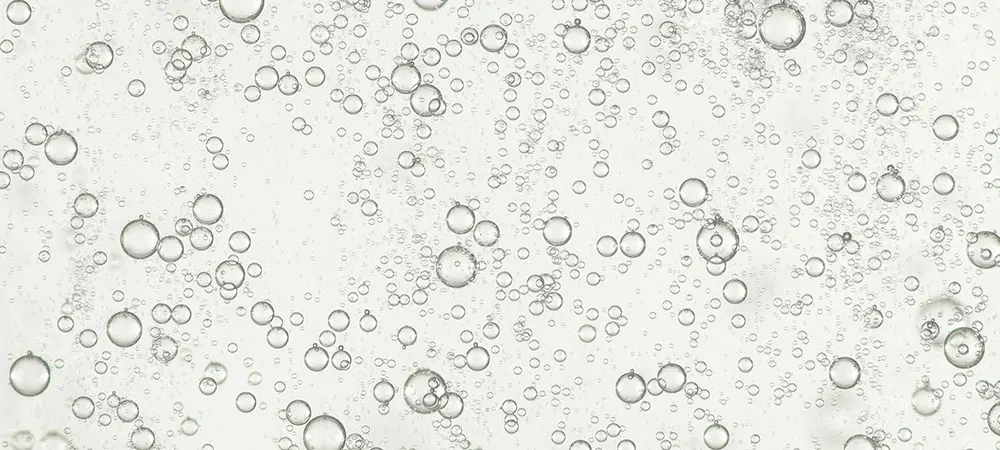
The cavitation normally associated with damage to pumps and valves is concentrated and constant in some liquid flows.
Engineers try to design to avoid the potential erosion by this cavitation. In our baths, cavitation is random and distributed over the entire surface of the part, providing a gentle “scrubbing” action that loosens fouling and makes the cleaning of even the hardest-to-reach nooks and crannies fast and complete, without damaging the part.
What Cleaning Fluid Is Used?
We use a variety of proprietary aqueous cleaning solutions – including aqueous degreasers and organic acids - specifically chosen for the fouling on your parts. Our chemistries are safe, environmentally friendly, and proven effective over 15 years of cleaning thousands of parts of all types, shapes, and sizes.
Is The Tech Sonic Cleaning Process Safe On Metals?

Yes, we have designed our systems, chemistries, and processes to be safe on all metallurgies. We always ask about the materials of construction and we tailor our cleaning process to be safe on your parts.

No, CLEAN AS NEW® is less expensive than cleaning on your own wash pad. Read more →

Tech Sonic Cleaning utilizes a combination of immersion in a patented ultrasonic bath with specifically designed aqueous chemistry, process, and hydroblasting to gently, quickly, and completely remove fouling from parts.
The ultrasonic field created in our Tech Sonic Ultrasonic Baths is computer controlled and combined with the in-bath heat exchanger rotation, the field spreads the energy throughout the bundle, improving cleaning performance.
The ultrasonic sound waves induce random cavitation bubbles over the surface of the part, which helps to loosen, dissolve or remove fouling from both the inside and outside surfaces of the exchanger tubing. After a period of immersion in the bath, the bundle is removed and transferred to our hydroblasting zone, where robotic shell- and tube-side blasting is used to rinse the loosened fouling away.
If necessary, this process can be repeated on large or extremely fouled bundles until the bundle is Clean As New.
Not completely. We use a combination of low- and high-pressure rinsing techniques as a part of the Tech Sonic Cleaning process. Tech Sonic Cleaning does reduce the amount of high-pressure “hydroblasting” required, generally by over 75%.

We can address most of the common fouling found in refineries and chemical plants through the choice of suitable bath chemistry and procedure. This includes both hydrocarbon fouling and inorganic scales.

When you send us a part to be cleaned, we accept the material on it as a component of the part, and we are the waste generator during cleaning. All waste removed from your parts is then handled and disposed of according to regulations and good environmental practices.

On average, the Tech Sonic Cleaning process uses less than 4000 gal per heat exchanger, and generally, 95% less water than traditional hydroblasting.

Most heat exchangers will be cleaned in one shift. Because of our process, we can be cleaning more than a single exchanger at a time, which reduces the net cleaning time per exchanger even further.
At our facility, we can clean up to 5 heat exchangers at a time, with a typical throughput of 3 exchangers per shift, or 6 per day.

Any carbon steel, stainless steel, or other corrosion-resistant alloys, fouled with hydrocarbon or inorganic fouling may be suitable for Tech Sonic Cleaning.
It must also be possible to immerse the entire part into the ultrasonic bath, which has a size limitation of 32’ x 76”, with a maximum weight of approximately 35 tons (part + fouling).

We guarantee 95% or better – that is your part will be cleaned to bare metal on 95% or more of its surface area.

Maybe. We generally do not clean any parts with aluminum fins, but we do clean lots of other parts made from aluminum. Tech Sonic regularly cleans galvanized equipment like scaffolding.

The cavitation normally associated with damage to pumps and valves is concentrated and constant in some liquid flows.
Engineers try to design to avoid the potential erosion by this cavitation. In our baths, cavitation is random and distributed over the entire surface of the part, providing a gentle “scrubbing” action that loosens fouling and makes the cleaning of even the hardest-to-reach nooks and crannies fast and complete, without damaging the part.
We use a variety of proprietary aqueous cleaning solutions – including aqueous degreasers and organic acids - specifically chosen for the fouling on your parts. Our chemistries are safe, environmentally friendly, and proven effective over 15 years of cleaning thousands of parts of all types, shapes, and sizes.

Yes, we have designed our systems, chemistries, and processes to be safe on all metallurgies. We always ask about the materials of construction and we tailor our cleaning process to be safe on your parts.